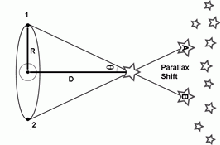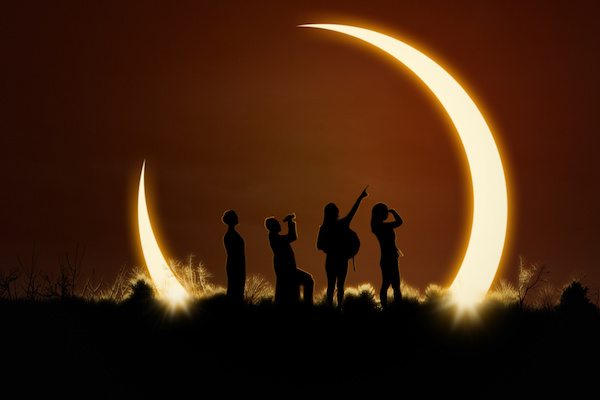A natural phenomenon like the upcoming solar eclipse offers the perfect opportunity to engage students in productive, relevant STEM discussion that allows them to make connections to real world applications of their classroom math explorations. On August 21st, the world will experience a solar eclipse, also known as “the Super Bowl of the sky.” The path of totality in the United States begins in Oregon and ends in South Carolina, offering Americans a unique opportunity to view this natural phenomenon for the first time in over 30 years. For those lucky viewers along the path of totality, as the Moon lines up between the Sun and Earth, casting a shadow, they will see a total eclipse in the darkness (the umbra). The rest of the country will be treated to a partial eclipse. The next total solar eclipse in the United States is April 8, 2024, so this is an event you and your students won’t want to miss!
Bring the solar eclipse to life for your students and celebrate the beauty of math in action in nature with these ideas for explorations in the classroom and beyond.
Explore what your students know about solar eclipses
Start with what students know by asking your class to share everything they already know or have observed about solar eclipses, lunar eclipses, and the rotation of the Earth, Sun, and Moon. Bring their discussion back to the science and math at hand with a general overview of how the upcoming solar eclipse occurs. These videos from NASA are good conversation starters.
Dive into the math

Use hands-on activities to dive into the math behind solar eclipses. Make models for students to explore their investigations. For younger students, make one large Sun, and give each student their own small moon and ask them to model rotations as if they were Earth, creating an eclipse by holding the Moon out at a correct distance from themselves. For older students, have the class create 3-D models and mimic the effects of the eclipse. Facilitate activities and discussions that explore the concept that distance affects how we perceive the size of objects.
Try this activity for measuring angular size and distance, and this activity for understanding how light hits different shapes. Create a pinhole camera with your students and observe and record Sun image size measurements, then calculate the diameter of the Sun from your measurements and a known distance to the Sun. Calculate your distance from the Moon using parallax. For older students, try this activity for modeling shadow speed, diameter and duration along the path of totality with algebra.
Plan a solar eclipse viewing party
Whether your school is in the path of totality or you’re expecting a partial eclipse, there will be something for all students to view, provided that your local weather cooperates. Pick a location near your school that has shade and make sure you have a backup location in mind in case clouds or worse interfere with your viewing plans. NASA will be livestreaming the eclipse on UStream, YouTube, and Facebook.
Make sure you know what time to expect the eclipse in your town by going to this handy guide on when to view the eclipse. Find out if any solar eclipse events are already happening near your school with this handy roundup of viewing locations and events from NASA:
Make sure your students are prepared with ISO approved solar viewers, or “eclipse glasses”. It is not safe to view the sun without these, even during a partial eclipse. Have your students create a solar eclipse time capsule to commemorate the day.
Continue the conversation
Build on the enthusiasm your students have about their eclipse explorations with continued discussion and eclipse activities in the weeks following. As you explore math concepts that have applications in astronomy throughout the school year, incorporate more hands-on activities and share downloadable resources with your students so they can continue their investigations beyond the classroom.
How will you celebrate the solar eclipse with your students? Share your ideas with us in the comments below. Happy viewing!

 All Blog Posts
All Blog Posts

Comments